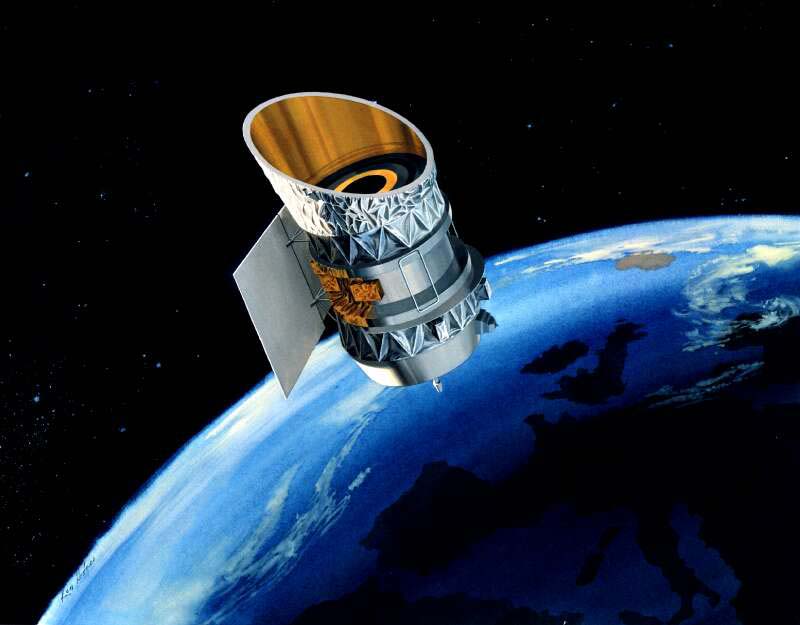Two old satellites could collide over the US on Wednesday

Two satellites currently orbiting Earth might very well crash into each other on Wednesday, just above the city of Pittsburgh.
What’s going on: Space tracking company LeoLabs found that on January 29, at around 6:39 p.m. local time, the two objects will pass by one another with only about 50 to 100 feet of separation, about 560 miles in the air. The two objects will zip past each other at a relative speed of nearly 33,000 miles per hour. You can view a visualization of the two satellites’ paths here.
LeoLabs, which uses a network of ground-based radars to detect and track objects in low Earth orbit, estimates a collision probability at near 1 in 100. (Update 1/29: The latest calculations from LeoLabs now suggests a 1 in 20 probability of collision, with about 40 feet of separation between the spacecraft.) For context, the Air Force issues alerts when collision probabilities are higher than 1 in 10,000. The recent near-miss between a SpaceX Starlink satellite and an ESA weather satellite had a collision probability of 1 in 1,000.
What are the satellites? The first is the Infrared Astronomical Satellite (IRAS), a decommissioned NASA space telescope first launched in January 1983. IRAS is a whopping 2,100 pounds and 847 cubic feet in size.
The other satellite is POPPY 5B (also known as GGSE-4), which launched in May 1967. It’s almost 190 pounds, and can stretch out 60 feet when it extends its booms (appendages that help deploy instruments or other technologies).
Should we be concerned? Given their sizes, the collision between the two satellites would create a huge amount of dangerous debris. The ISS orbits at a much lower altitude of 254 miles, so it would not be immediately threatened, but there’s no telling what hazards could arise down the road. “Events like this highlight the need for responsible, timely deorbiting of satellites for space sustainability moving forward,” LeoLabs wrote in a tweet Monday. "We will continue to monitor this event through the coming days and provide updates as available.”
This post has been updated.
Deep Dive
Space
How to safely watch and photograph the total solar eclipse
The solar eclipse this Monday, April 8, will be visible to millions. Here’s how to make the most of your experience.
How scientists are using quantum squeezing to push the limits of their sensors
Fuzziness may rule the quantum realm, but it can be manipulated to our advantage.
The great commercial takeover of low Earth orbit
Axiom Space and other companies are betting they can build private structures to replace the International Space Station.
Stay connected
Get the latest updates from
MIT Technology Review
Discover special offers, top stories, upcoming events, and more.